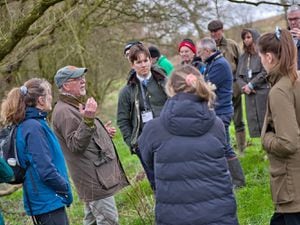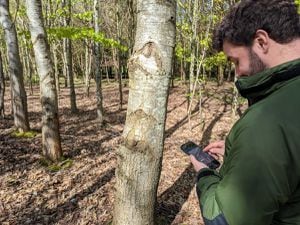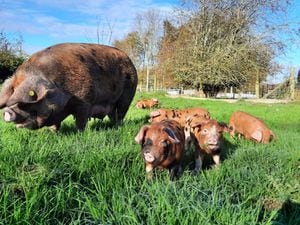West Midlands’ rural market sits tight as Brexit uncertainty looms
Farmland prices remain relatively steady compared to a year earlier in the West Midlands according to the RICS/RAU UK Rural Land Market Survey, H2 2017.
In the West Midlands, the transaction based measure of prices (including a residential component) rose fractionally in H2 2017. However at £8,500 per acre, prices are, slightly down (one per cent) on a year ago. Meanwhile, bareland prices held steady in H2 with the opinion based measure returning the same results as H1. Prices are still down on an annual basis. Unsurprisingly, arable land continues to fare better than pasture. Numerous respondents suggest the West Midlands market is becoming very location driven with vast price variations seen across the region.
The availability of farmland for sale continued to decline in the West Midlands over the second half of last year with respondents returning the most negative reading (in net balance terms) since 2004. Both residential and commercial units saw supply decline in the latter part of 2017 with contributors citing Brexit as having an impact. The issue of Brexit and its effect on the rural land market has been highlighted by respondents in every survey since the referendum. Looking ahead over 2018, 32% of respondents felt the ongoing Brexit process would result in less land being made available for purchase.
Following a two year period in which demand has deteriorated, the H2 results show an increase in new buyer interest across the West Midlands. Individual farmers continue to drive interest in rural land (67% of purchases) while lifestyle buyers continue to make up just under a fifth of all transactions.
According to the H2 results, both plots with a residential element and commercial only are equally desired by would-be buyers in the West Midlands. This is the first time in over a year where commercial only units have been as sought after than those including a residential element. Anecdotal evidence suggests that buyers focus on high quality land in a good location resulting in the challenge to sell lower grade farmland persisting.
The latest results show average arable land rents dipped in H2, but were still up by three per cent on an annual basis. Compared to the 2014 peak however, arable rents remain down by more than 20per cent. verage pasture land rents also slipped during the second half of 2017, albeit at a slower pace than arable.
Alex Lawson, Director of National Farms and Estates at Savills commented: “While some farmland values continue to be affected by short-term uncertainty we believe the downturn in values initially triggered by weakness in commodity prices during 2014 is slowing. Currently, there is a huge range in values across all land types and geographies with some commercial areas and lesser-quality properties seeing greater falls than others. In certain circumstances excellent sale results are, and will continue to be achieved which is particularly the case for farms and estates with significant amenity appeal which are proving to be increasingly popular.”
Tamara Hooper, RICS Policy Manager commented: “The latest data continues to show the need for clarity from Government for the rural community. We have seen demand, prices and rents fall since the EU referendum and now our latest survey results point to less availability of land for would-be buyers. RICS has continuously called for Government to support agriculture and horticulture and when 60 per cent of the sales market is driven by farmers it is clear that Government need to provide yet more clarity and certainty.
“However, we cannot deny that the nature of rural land-based businesses continues to evolve. With the inevitable restructuring of UK agriculture ahead, there will be a need to support all rural business activities beyond primary agricultural production.”





